If you've been using ownCloud, you might recently be reconsidering. Maybe you're frustrated by feature limitations, licensing costs, or concerned about its uncertain future since the acquisition. Switching solutions after a product changes ownership isn't unusual—products do sometimes deteriorate under new management. Luckily, there are strong options if you're looking for a reliable file syncing and sharing alternative to ownCloud!
Here are five alternatives worth considering:
1. Nextcloud
Nextcloud started as a fork of ownCloud, and it quickly became a strong alternative. It gives users the ability to synchronize files seamlessly, while at the same time offering extensive collaboration options. Besides file storage, Nextcloud lets you create documents, manage calendars, and host video conferences, covering most business collaboration needs.
- Deployment Options: Can be deployed directly on your own servers (on-premise), or hosted on cloud services.
- Security Features: Has built-in encryption, two-factor authentication (2FA), and regular security scans.
- User-Friendliness: Simple enough to use without having technical knowledge. Its interface and usability are straightforward and clean.
- Customization: Offers a lot of options that enable users to customize the platform to fit specific needs.
Strengths: Nextcloud is perfect if you need a robust collaboration solution with plenty of options and flexibility.
Weaknesses: It can be demanding in terms of server resources and management, so you might need technical skills on your team when deploying and managing it.
If you want to try it out we have a guide that will guide you through the steps to deploy Nextcloud in less than 5 minutes!
2. Seafile
Seafile is a self-hosted platform built specifically for speed and reliable file synchronization. It's particularly good for larger files or environments where speed and efficient syncing are key.
- Deployment Options: You can run Seafile on your own servers or host it on cloud providers.
- Security Features: Client-side encryption and two-factor authentication (2FA), giving a strong level of security for sensitive files.
- User-Friendliness: Fairly straightforward but might not be as intuitive as Nextcloud. Usually requires some familiarity at first.
- Customization: Offers moderate customization; covers core sync scenarios well but doesn't offer extensive extras.
Strengths: Known for reliability and performance, especially useful when you handle large files frequently.
Weaknesses: Limited collaboration tools compared to Nextcloud; doesn't go far beyond core file-sync features.
3. Syncthing
Syncthing is a different approach altogether. It's an open-source, peer-to-peer application—no central servers. Files synchronize securely between your devices directly. It's focused mostly towards data privacy and decentralization.
- Deployment Options: Peer-to-peer model means every device syncs directly, without a "middleman" server.
- Security Features: Full end-to-end encryption ensures your data stays private.
- User-Friendliness: The basic setup is simple, though not always easy for non-technical users to get comfortable at first.
- Customization: Doesn't offer extensive customization, sticking mainly to file syncing.
Strengths: Great if you're looking for a solution with a decentralized structure and strong security.
Weaknesses: Lack of centralized administration tools might make larger team deployments complicated.
4. FileCloud
For businesses, FileCloud can be a strong ownCloud alternative, especially enterprises needing detailed compliance features. It's designed specifically to offer secure and compliant file sharing, combined with powerful user management and customization options.
- Deployment Options: Run locally on your infrastructure or via a cloud service.
- Security Features: Advanced encryption capabilities, data loss prevention (DLP), comprehensive compliance management, and two-factor authentication (2FA).
- User-Friendliness: Interface and tool structure is intuitive for business users, keeping it relatively easy to adopt.
- Customization: In-depth custom options allowing businesses to match specific compliance needs.
Strengths: If compliance and strict security regulations are important (think healthcare, finance), this makes sense.
Weaknesses: Likely overkill for personal use or smaller organizations—the extensive feature set may add unnecessary complexity and cost.
5. Resilio Sync
Initially known as BitTorrent Sync, Resilio moves data directly between peers—no cloud means faster and secure transfer and control over data storage.
- Deployment Options: Like Syncthing, it moves files directly between devices without requiring central servers (peer-to-peer).
- Security Features: Strong privacy provided through end-to-end encryption.
- User-Friendliness: Average usability. It might feel somewhat technical if you're unfamiliar with peer-to-peer technology.
- Customization: Moderate levels of customization but doesn't offer extensive management functions typical of enterprise environments.
Strengths: Good if you strongly prefer private, fast, and decentralized file syncing.
Weaknesses: Centralized management and expansive collaboration features aren't available, limiting scenarios for enterprise deployments.
Conclusion:
| Alternative | Deployment Options | Security Features | User-Friendliness | Customization |
|---|---|---|---|---|
| Nextcloud | On-Premise, Cloud | Encryption, 2FA, security scans | High | High |
| Seafile | On-Premise, Cloud | Client-Side Encryption, 2FA | Moderate | Moderate |
| Syncthing | Peer-to-Peer | End-to-End Encryption, no central server | Moderate | Limited |
| FileCloud | On-Premise, Cloud | Advanced Encryption, DLP, 2FA, compliance tools | High | Very High |
| Resilio Sync | Peer-to-Peer | End-to-End Encryption | Moderate | Moderate |
Choosing a file-sharing replacement for ownCloud involves evaluating your requirements around deployment, security, usability, and planning for ongoing maintenance. Keep in mind the balance between features you really need and operational complexity.
Cheers,
Jonas, Co-Founder @ sliplane.io

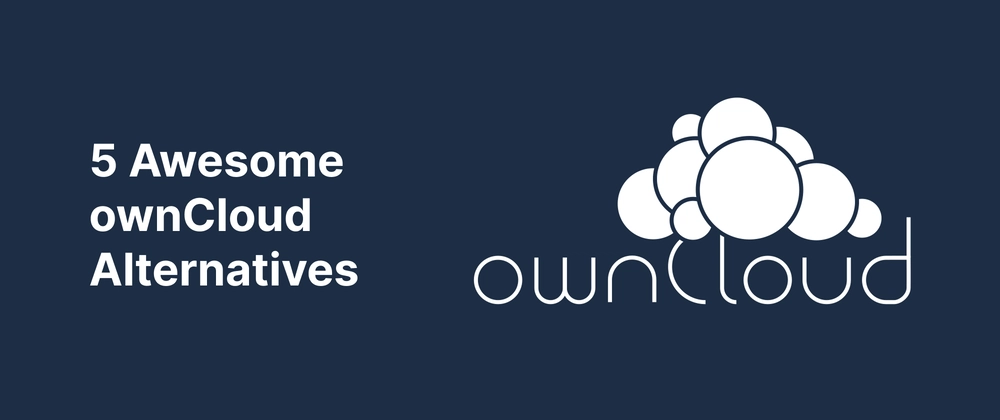

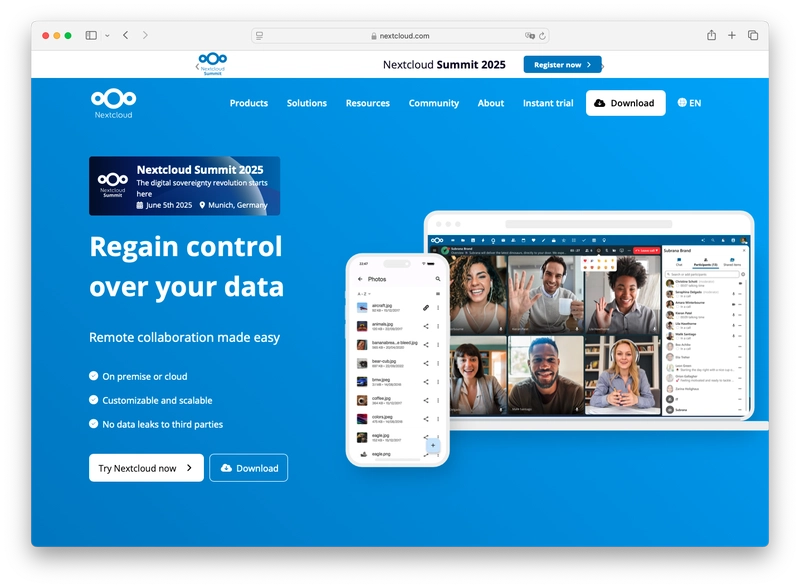
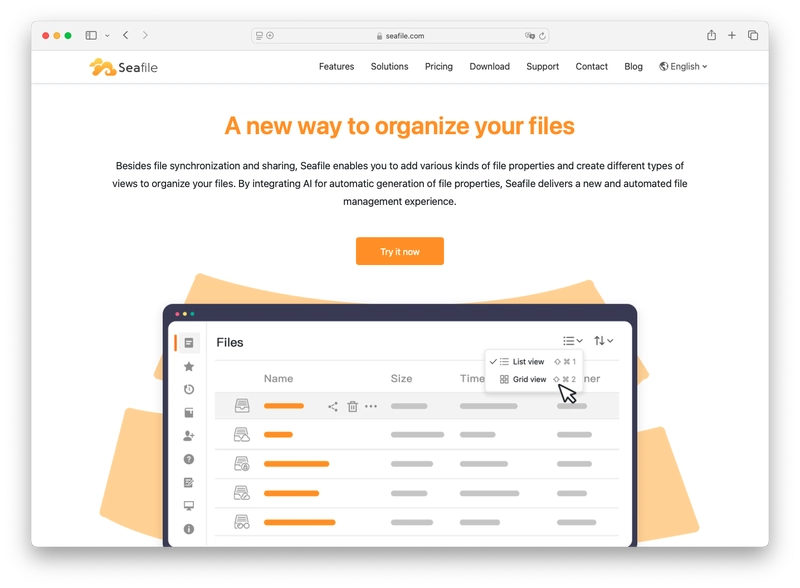
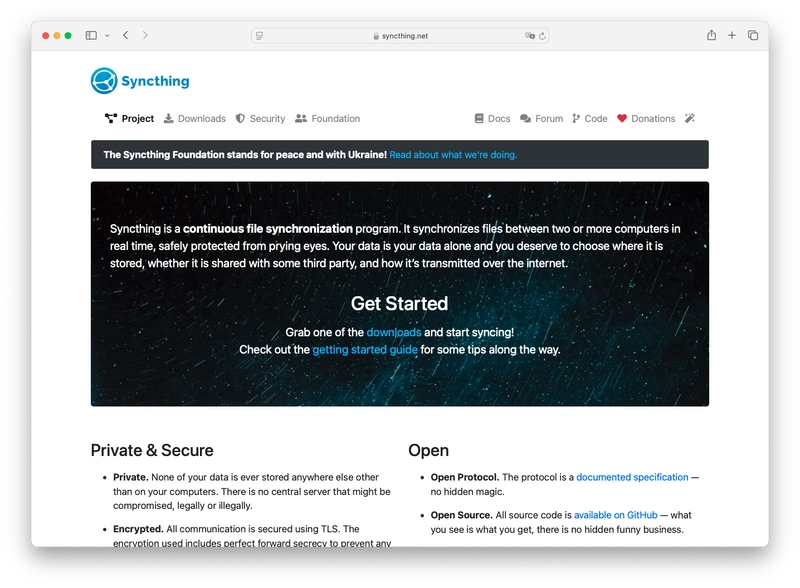
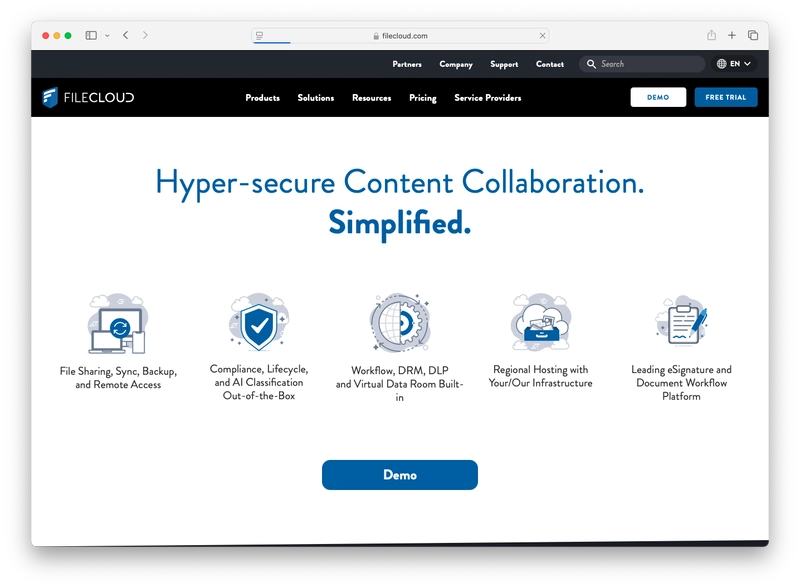

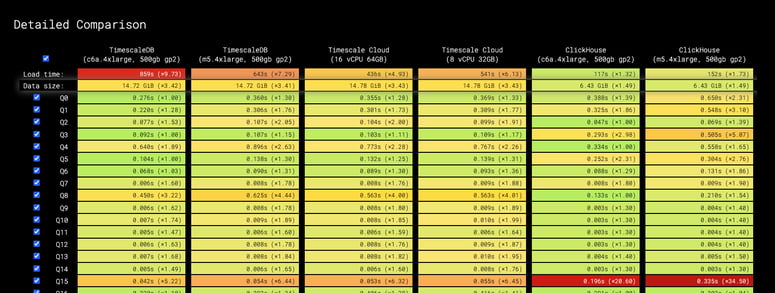


Top comments (0)